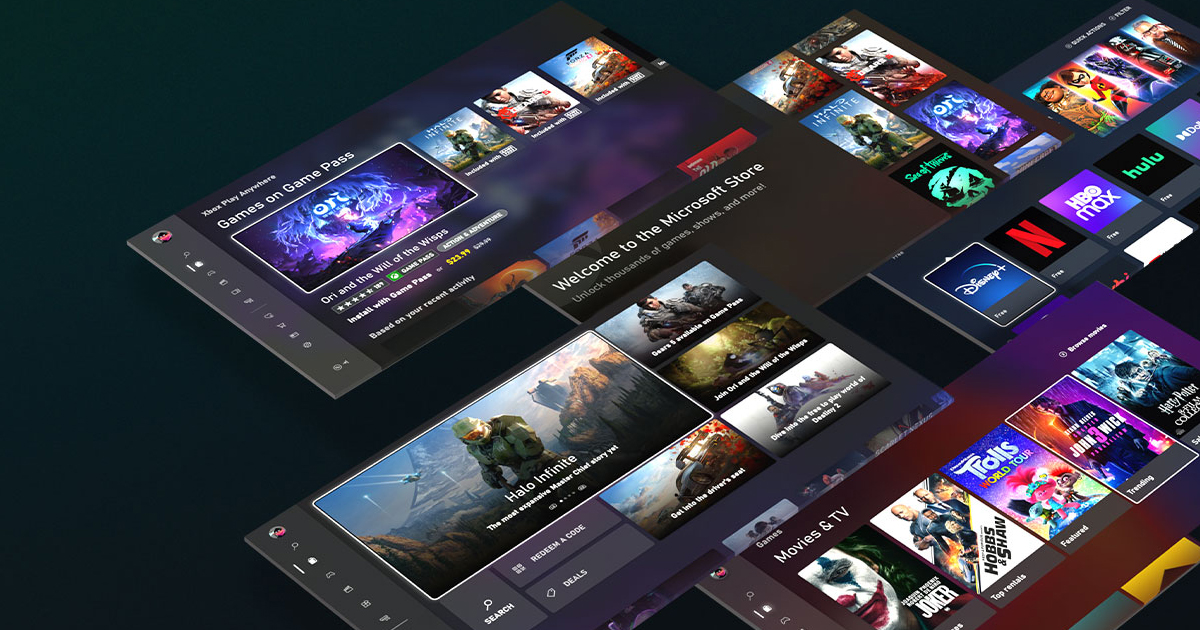It’s been reported that Microsoft is now working on a special program to let third-party companies place ads in free-to-play games. Here is how this move might boost Xbox advertising ambitions and help it build the so-called “content fortress.”
Analyst and media strategist Eric Seufert opened up about new advertising opportunities for Microsoft in a new post on his MobileDevMemo blog.
What is known about Xbox’s ad platform?
- Microsoft is now working on a program, which should let different brands advertise in free-to-play games, Business Insider reported last week.
- For example, these ads can show up on digital billboards in racing titles. Other possible options include in-game avatars, skins, and video ads that play in lobbies.
- While sources familiar with the matter claim that Microsoft will launch this program by the third quarter of 2021, the company hasn’t confirmed these plans yet.
- Right now, Xbox sells ads through third-party companies like Anzu and Yahoo. Microsoft reportedly wants to create a private marketplace, so only select brands could place ads into games in a way that doesn’t affect the gameplay experience.
- This should allow Microsoft to create more opportunities for developers of free-to-play titles. Ad revenue will be split between devs and advertisers through the Xbox ad network.
- Although ad options like these are widespread in the mobile market rather than in the area of console titles, some analysts believe that more gaming companies will create their own private ad marketplaces in the future.
What is a content fortress?
- Content fortress is a concept that implies creating opportunities for advertisers and third-party IP holders to operate on top of your own platform, so all engagements happen within one ecosystem.
- As explained by Seufert, a content fortress is different from the so-called “wallen garden,” which monetizes user engagement by allowing advertisers to purchase ad impressions and take them outside the platform.
- However, this concept doesn’t work properly anymore in the post-IDFA era that came with changes to Apple’s privacy policy.
- A content fortress, on the contrary, bypasses these restrictions by “bringing the third-party content that previously existed independently onto the advertising platform as a native experience.”
- Building a content fortress allows a publisher to leverage its access to user data and personalize their experience across its product portfolio.
- According to Seufert, a company can’t transform into a content fortress without creating its own ad platform. In this case, an advertising platform means either a set of tools required to serve certain content to certain users or the infrastructure required to let advertisers purchase ads in designated places.
What could a content fortress mean for Microsoft?
Microsoft’s $68.7 billion acquisition of Activision Blizzard will increase its content portfolio across all gaming platforms, including PC, console, and mobile. Game Pass, which surpassed 25 million subscribers in January, is also a crucial element of the company’s gaming business.
Operating a diverse portfolio IPs and services will create new opportunities for cross-promotion and monetization. Microsoft might offer personalized ads based on its first-party user data.
The company uses a hybrid monetization model for Xbox. Developers can earn off their games by selling them directly on the store, getting royalties based on user engagement through Game Pass, selling their titles to Microsoft for their inclusion in Game Pass, or combining some of these models.
“Because of this hybrid-model structure, I believe Microsoft should both create the infrastructure to allow for personalization and cross-promotion for its own first-party content and give developers the ability to leverage that infrastructure to auction their inventory to external advertisers,” Seufert noted.
Creating its own ad program and offering new monetization options might help Microsoft lure more developers into Game Pass. In this case, developers will be able to sell ad inventory in their free-to-play games, which will also give them more opportunities to generate revenue besides the basic content licensing model.
The only issue is that adding ads to console games, even the free-to-play ones, might be perceived negatively by players. So Microsoft would probably have to find the right way to introduce new monetization options to its platform.

